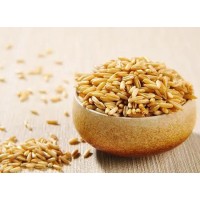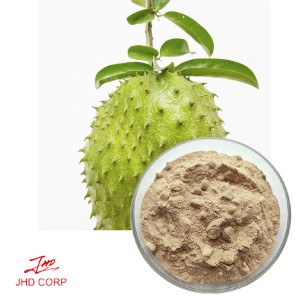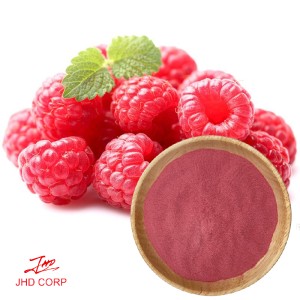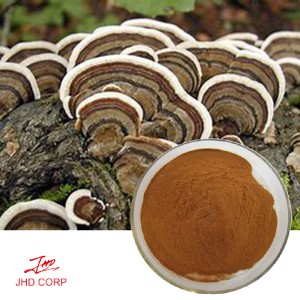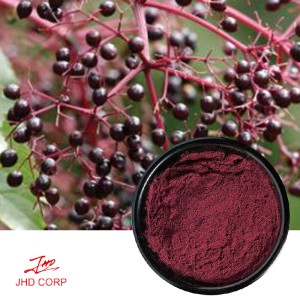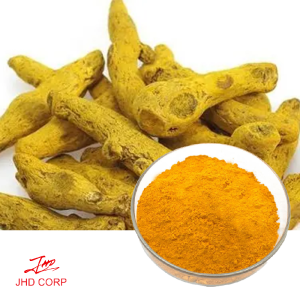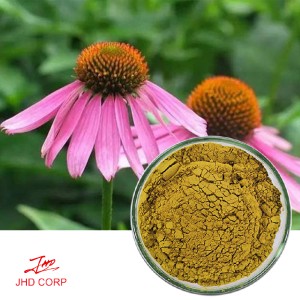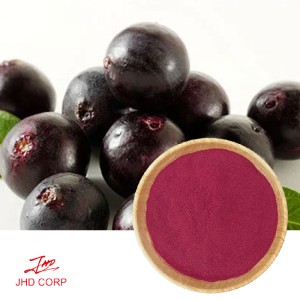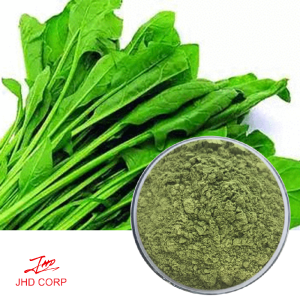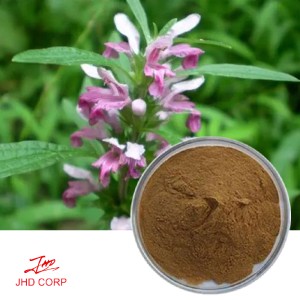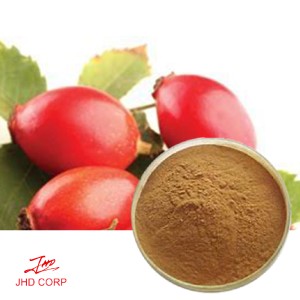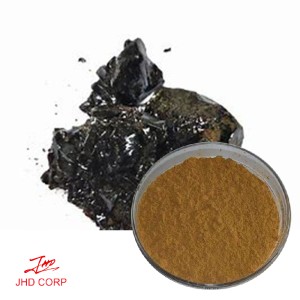Why is oat called the highest nutritional value of cereals?
oat extract - oat beta-glucan has a low glycemic index (GI), high viscosity, and can delay gastric emptying rate, and reduce...
Oat is a high-quality specialty crop. It is rich in protein, soluble dietary fiber, unsaturated fatty acids, phenolic substances, vitamins, and minerals. It is a high-quality healthy grain. The protein content of oats is higher than that of other grains, ranking first among cereals.
There are many kinds of polyphenol compounds in oat extract, and the content is rich. Commercially available products generally contain 11 types of conjugated phenolic acids, 13 types of free conjugated phenolic acids, and avenanthramides.
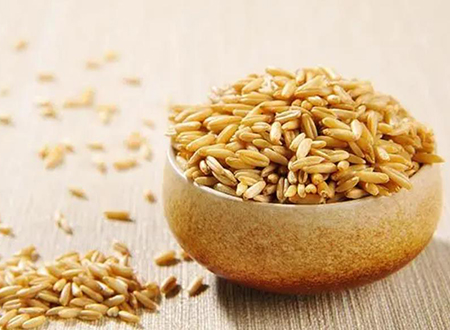
The mineral content of oat extract is dominated by phosphorus and potassium, with lesser amounts of magnesium and calcium. The trace minerals calcium, iron, magnesium, phosphorus, and manganese are generally higher in oats than other grains, and lower in sodium.
Oat contains higher levels of vitamin B1, biotin, and choline than other grains, and vitamin E, pantothenic acid, riboflavin, and folic acid in oatmeal are also higher, and vitamin B1, B5, and B9 are significantly higher than other grains.
Secondly, oat extract - oat beta-glucan has a low glycemic index (GI), high viscosity, can delay gastric emptying rate, reduce the hydrolysis of carbohydrates by digestive enzymes, inhibit the diffusion of glucose in the small intestine and Absorption, regulates glucose transporters in intestinal epithelial cells, which in turn inhibits glucose transport, thereby delaying insulin release.


